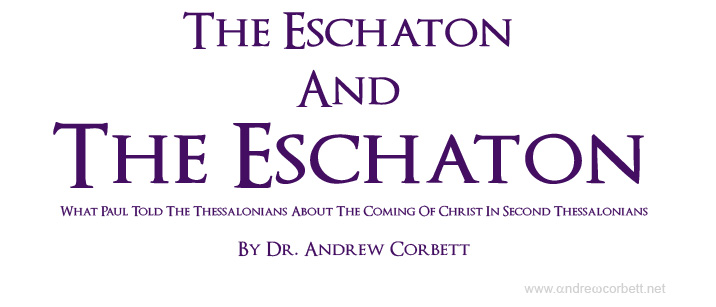
Much of what is taught by Bible-prophecy teachers about ‘the end-times’ is grounded in Paul’s two epistles to the Thessalonians. It is claimed that in First Thessalonians, Paul introduced the notion of a rapture. And it is believed that from Second Thessalonians, he introduces believers to some revelations about the ‘Antichrist’. The Apostle certainly does share some divinely inspired insights into what was future to his original audience. But the modern reader may not understand how future it was to these Thessalonians – which may mean that it is not future to us.
The Greek word for the ‘end’ or ‘last’ is eschaton. Paul’s second epistle to Thessalonians makes a distinction between the imminent eschaton and The (Final) Eschaton. The language Paul uses to make this distinction is consistent throughout the New Testament as I hope to demonstrate.
In the opening chapter of Second Thessalonians there are several key words which indicate that the intention of this opening chapter is the Final Eschaton. These key words include, “with His mighty angels”, “in flaming fire”, and, “eternal destruction”.
In the second chapter of Second Thessalonians there are different key words which indicate that the context is imminent – in particular: referring to the destruction of Jerusalem. For example, the word translated coming in English is the Greek word parousias (from parousia). It never means ‘return’ (despite some English translators assuming that it does). When used by Christ, or of Christ, it refers to coming in judgment. The same word is also used of Satan’s emissary – and clearly does not mean return in this sense either (2Thess. 2:9). Here’s how Strong’s Greek Dictionary renders this word (parousia) –

Notice that Dr. Strong tells us that parousia especially refers to “Christ [coming] to punish Jerusalem.” It’s worth noting that this was the general understanding of what Christ’s parousia meant for at least the first seventeen centuries of Church History. For example, note Matthew Henry’s commentary written in the 18th century-

One of the main reasons that Dispensational Christians believe that Israel must rebuild the Temple on Mount Zion is largely based on what the Apostle Paul wrote to the Thessalonians in his second epistle to them.
Second Thessalonians gives us two perspectives of the Eschaton: the imminent eschaton and the final Eschaton. Imagine being on a road trip heading toward a mountain in the distance. As you get closer you realise that it is not one mountain but two with the second one being behind the first. Yet, it is difficult from your perspective to determine how far beyond the first mountain the second one lies. It is also difficult to accurately tell just how big it is because the looming nature of the first mountain somewhat obscures your view. This is like reading Second Thessalonians chapters 1 and 2.

THE MAN OF LAWLESSNESS
Let no one deceive you in any way. For that day will not come, unless the rebellion comes first, and the man of lawlessness is revealed, the son of destruction, who opposes and exalts himself against every so-called god or object of worship, so that he takes his seat in the temple of God, proclaiming himself to be God.
Second Thessalonians 2:3-4
When Paul told the Thessalonians that the “man of lawlessness” would take his seat “in the temple of God”, which Temple would he (and they) have understood this was a reference to? Clearly it was the Temple in Jerusalem. Whatever candidates we propose for the identity of “the man of lawlessness” has to be someone who had access to this Temple. It seems as if Paul is being somewhat sarcastic in his description of this character. If so, consider what he is drawing the reader’s attention to-
- Man of lawlessness ~ probably in an official position for the promotion and keeping of the Law
- Son of destruction ~ probably held a position for building people up
- Opposes and exalts himself against God ~ probably a leader who was supposed to help people worship God
- Takes his seat in the Temple ~ whatever he was supposed to be doing in the Temple, it didn’t require being seated
- Proclaiming himself God ~ he was supposed to be proclaiming the One True God
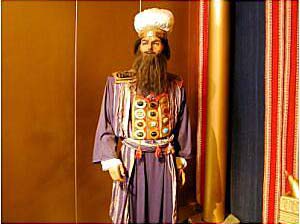 Therefore, our candidate must be someone (i) serving to promote the Law of God, (ii) shepherding God’s people, (iii) leading the nation in worship of God, (iv) serving in the Temple, and (v) teaching the people about God.
Therefore, our candidate must be someone (i) serving to promote the Law of God, (ii) shepherding God’s people, (iii) leading the nation in worship of God, (iv) serving in the Temple, and (v) teaching the people about God.
The obvious, and only possible, candidate is the office of High Priest. The High Priest literally withstood Christ (“Anti” Christ). He placed himself in the position of God by judging Jesus as being guilty of breaking God’s Law. He literally had access to all of the Temple. Rather than teaching, promoting and proclaiming God and His ways, the High Priest had become corrupted and self-serving.
Rather than artificially supposing that this character is yet to come, reasonable exegesis of this chapter reveals a certain imminence to him being exposed. And with Nero’s orders in A.D. 66 to destroy Jerusalem and its Temple, the High Priest was most certainly exposed. Note what Wikipaedia says of the High Priest at the time of the destruction of Jerusalem-
Phannias ben Samuel (in Hebrew: Pinhas ben Shmuel) (c. 70 CE) was the last Jewish High Priest. He did not originate from a priestly family but was the leader of revolutionary forces. He died during the destruction of Herod’s Temple in 70 CE.
In order to see how far their power extended, the Zealots…
…undertook to dispose of the high priesthood by casting lots for it, whereas, as we have said already, it was to descend by succession in a family. The pretense they made for this strange attempt was an ancient practice, while they said that of old it was determined by lot; but in truth, it was no better than a dissolution of an undeniable law, and a cunning contrivance to seize upon the government, derived from those that presumed to appoint governors as they themselves pleased. Hereupon they sent for one of the pontifical tribes, which is called Eniachim, and cast lots which of it should be the high priest. By fortune the lot so fell as to demonstrate their iniquity after the plainest manner, for it fell upon one whose name was Phannias, the son of Samuel, of the village Aphtha. He was a man not only unworthy of the high priesthood, but that did not well know what the high priesthood was, such a mere rustic was he! Yet did they hail this man, without his own consent, out of the country, as if they were acting a play upon the stage, and adorned him with a counterfeit thee; they also put upon him the sacred garments, and upon every occasion instructed him what he was to do. This horrid piece of wickedness was sport and pastime with them, but occasioned the other priests, who at a distance saw their law made a jest of, to shed tears, and sorely lament the dissolution of such a sacred dignity. [ Josephus (c. 75). “Book IV §151-158”. The Jewish War.]
http://en.wikipedia.org/wiki/Phannias_ben_Samuel
When the Romans finally conquered Jerusalem after the three and half year seige, they destroyed the Temple and executed each of the priests – including the High Priest. From that point, it became impossible for there to ever be a priesthood again.
THE REBELLION COMES FIRST
Paul told the Thessalonians that there would be a rebellion that preceded the revelation then destruction of the man of lawlessness. The Epistle to the Hebrews gives us a clue that there were many Jews who professed to have received Jesus as their Christ and Lord, but had forsaken following Him. This, after all, is the occasion of the Epistle To The Hebrews.
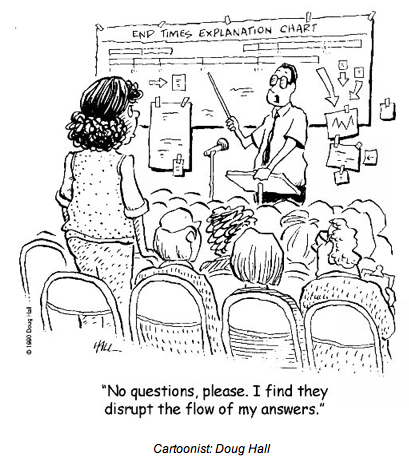





































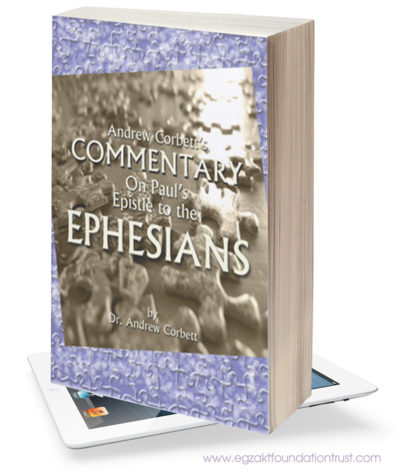
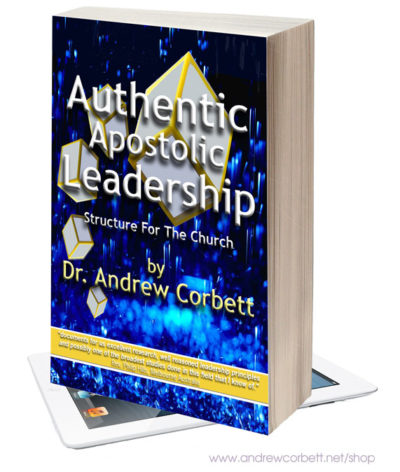


0 Comments